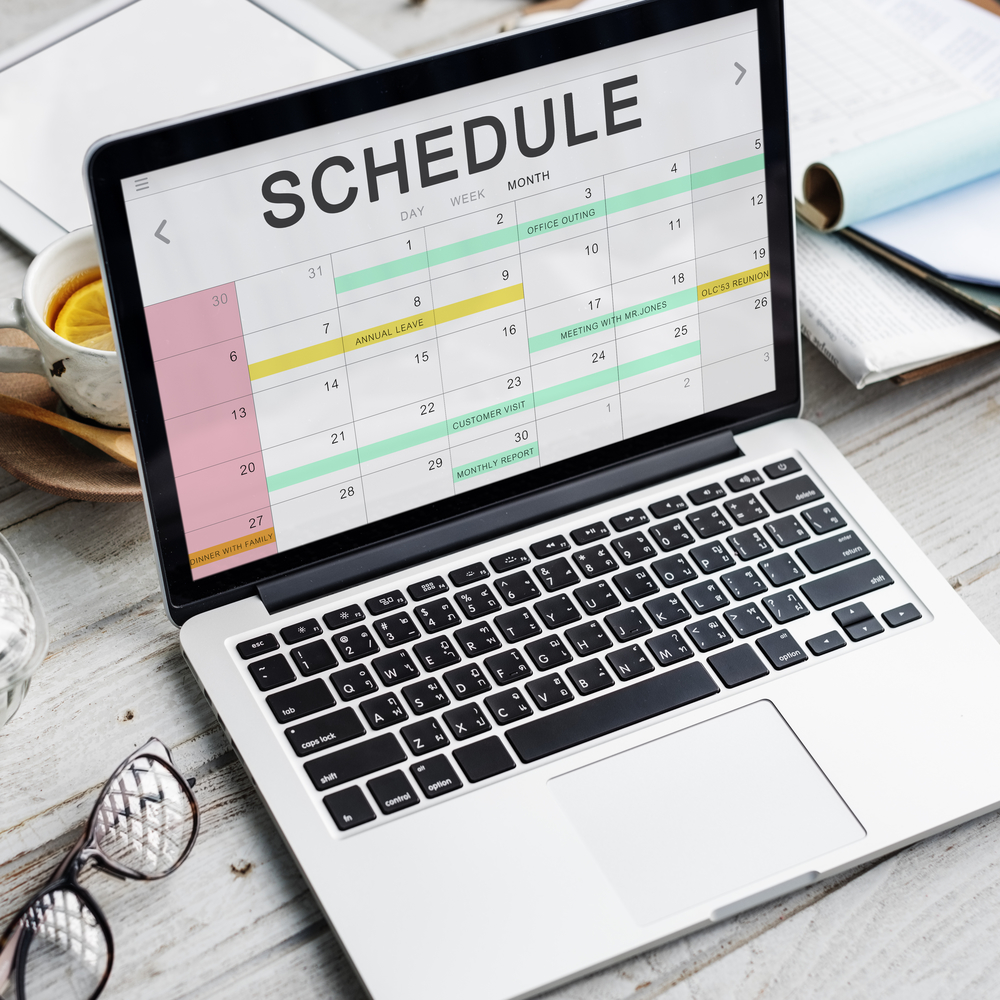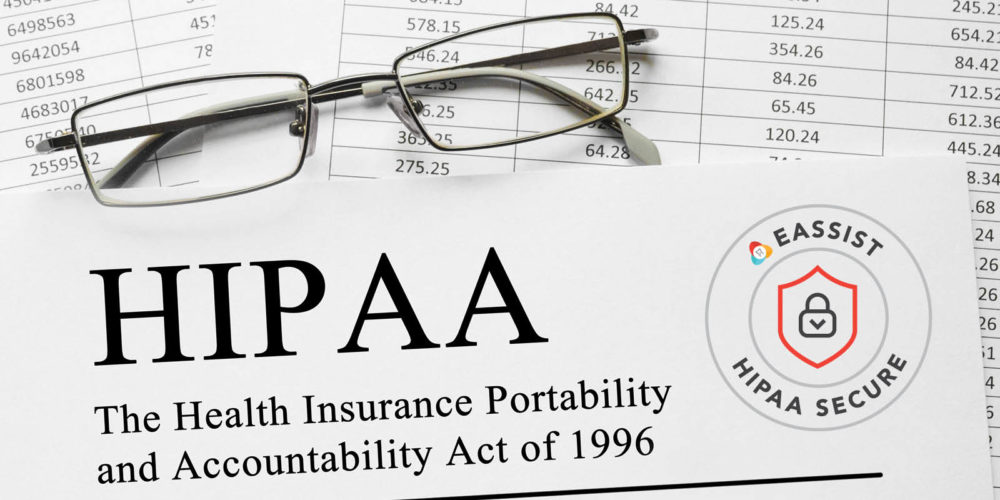Scheduling Mastery or Misery?
“Plan your work for today and every day, then work your plan.” Margaret Thatcher
The reason that it takes several minutes to schedule someone who calls in on the phone is that the schedule rarely lends itself to the “perfect” place to put people, especially new patients. When the new patient time block is 50 minutes and if they request having their teeth cleaned the same day, the scheduler must find the right time block so that the patient can go from the doctor’s schedule to the hygienist schedule without a break in the time.
Scheduler’s take a long time to find appointment times that work only to have the patient say, “That time doesn’t work for me.” Then the entire process starts over to find the appointment that the patient is happy with. You must have the patience of a saint not to break by 3:00 pm from sheer emotional fatigue. Teaching a better way to manage these calls lends to having a much better result. Answering by the third ring is only the beginning to securing an appointment with finesse.
Even if you think it looks perfect, one or more of the clinical team will point out where it doesn’t work. If you are under stress to schedule to please the dental clinical team the thought of whether the schedule is meeting goals is secondary.
Once you have mastered what the clinical staff needs in the schedule you can focus on whether it is meeting the practice production goals.
To satisfy the needs of the clinical team a system must be in place where there can be a fair exchange of expectations regarding the schedule.
What the clinical team needs to have in the schedule:
- Clinical chair time needed to complete a procedure is not compromised to squeeze in another appointment causing the schedule to run behind the remainder of the day.
- Taking into consideration that the lunch break is there for lunch not an emergency patient unless members of the clinical team have agreed to work through their lunch break.
- Two procedures that need the doctor’s undivided attention are not scheduled at the same time.
- The hygiene patients needing examinations are factored into the schedule so that the clinical chair time is not delayed, and patients are seated late.
- The procedure(s) is scheduled from the current treatment plan showing the details of the proposed treatment linking it to the fee schedule, so it can be posted when completed.
- If there are changes in the treatment plan is it communicated to the business team to correct in the treatment plan and to see that patients following are notified of a delay in being seen.
- Make sure there are details in the appointment that help the assistant know how to set up the room, such as in the case of an emergency tooth ache: what tooth or quadrant location and whether the tooth is fractured, filling out, swollen or an ache that kept the patient awake, pain to hot or cold and whether the patient needs to take pre-medication.
- Lab cases have been delivered for patients scheduled that day and the next day too.
- The front office staff check with the clinical team as to where to best schedule emergency patients that day. Usually this is discussed and decided in the Morning Huddle or Morning Business Meeting.
- The information necessary to create the patient’s chart is entered prior to the patient being seated so that radiographs can be taken.
- The insurance plan eligibility and benefits have been verified if treatment must be provided.
- The patient has been told what to expect to happen in the appointment that day and there are no surprises in the treatment room.
Schedule for Production Goals:
- Have you been given a daily, monthly and yearly production goal that must be met to ensure that the practice remains solvent and able to pay its expenses? This goal comes from the doctor or management.
- Do all patients have a written and agreed to financial agreement that is in the patient’s computer or paper record?
- Is the appointment scheduled from the treatment plan so that the production amount is tracked in the software? Most dental software has this feature so that any time you can check to see if you are on target to make production goal.
- Have you been given information, or a template of what procedures are expected to be scheduled in the morning, afternoon or evening appointments? This is communicated by the doctor or the clinical team.
- Some practices use “blocking” of the schedule to teach new schedulers where to place certain procedures allowing for the proper mix of major, basic and adjunct procedures.
- In a general practice it is wise to have 50% of the clinical time scheduled for major production such as crown and bridge, implant restorative and endodontic procedures. The rest would be for composite restorations, new patient evaluations, hygiene evaluations, and other basic and adjunct procedures.
To perfect the skill of scheduling for production and for the team takes communication and the understanding of the basic principles of scheduling that should be established at the beginning of each year to ensure that each day is scheduled to goal.
Dental Billing Tips and News for Pros; Edition #131






0 Comments